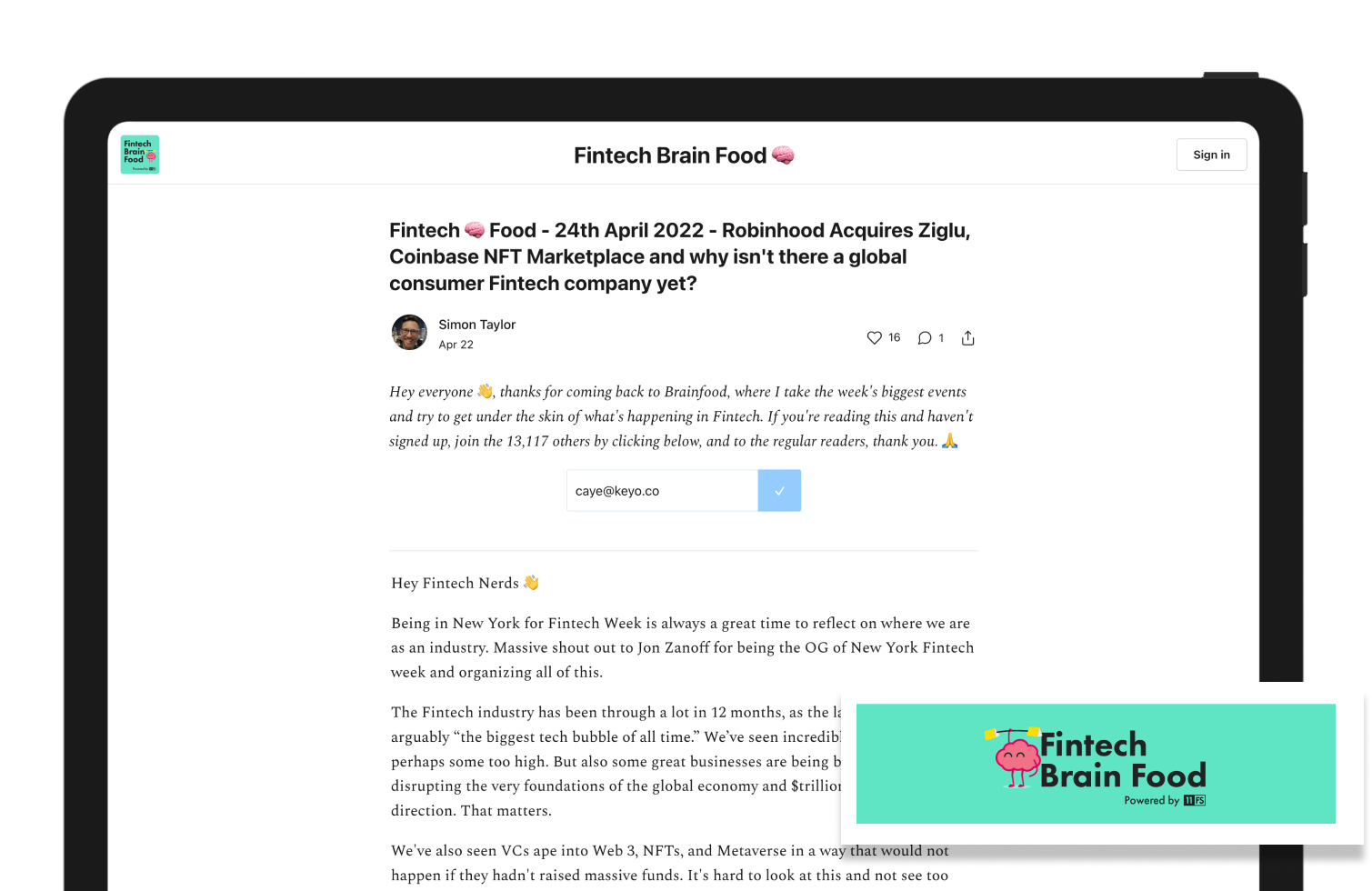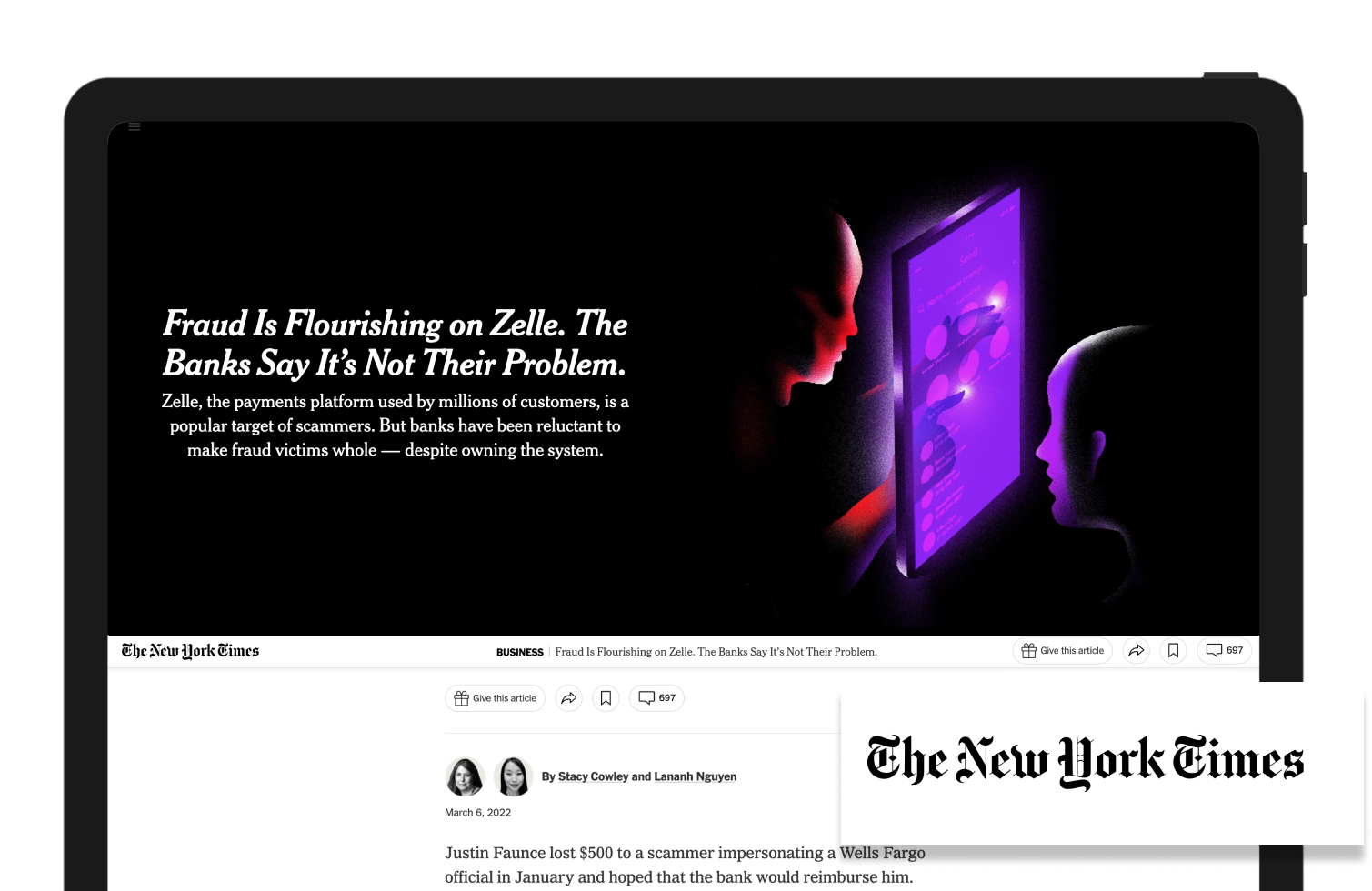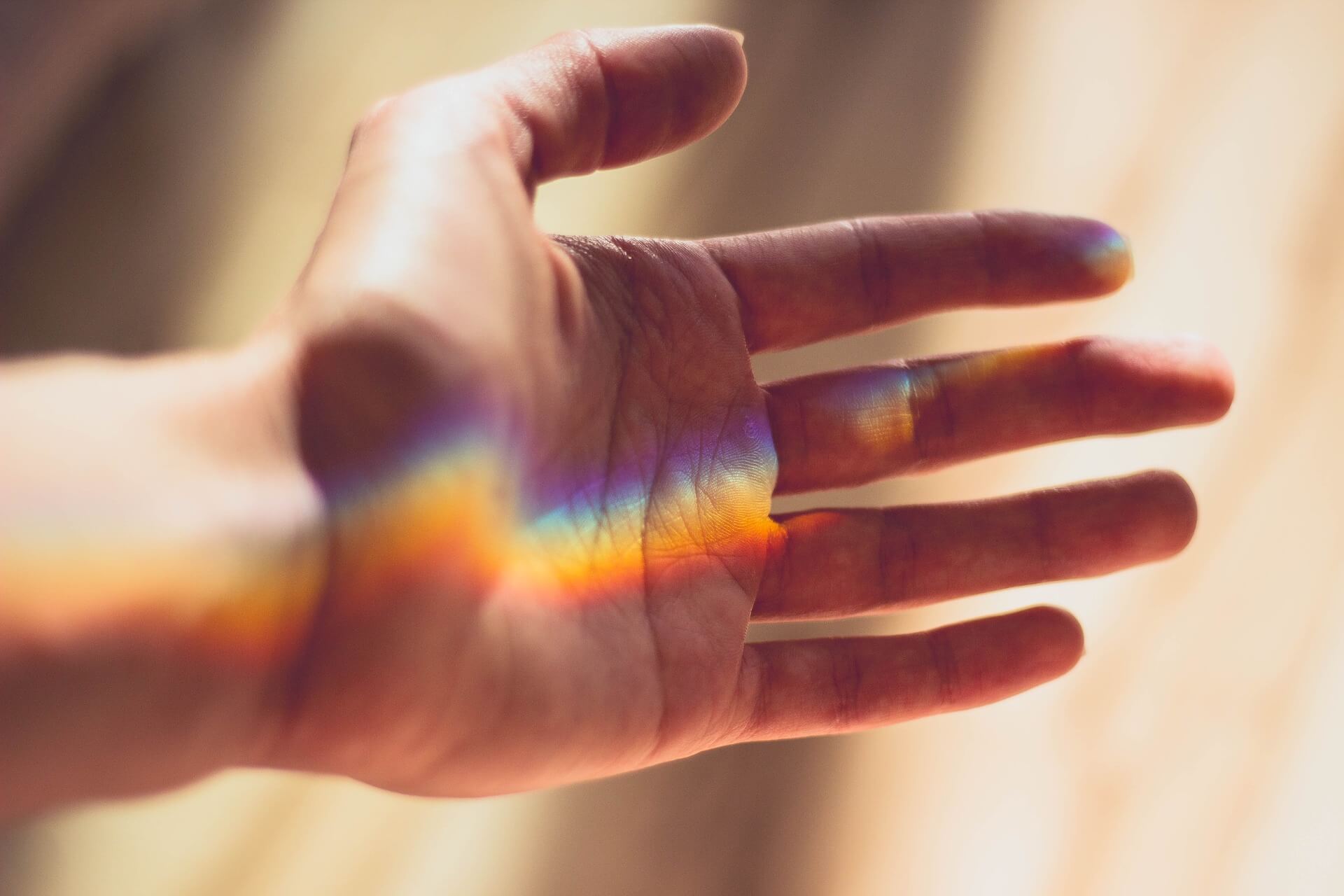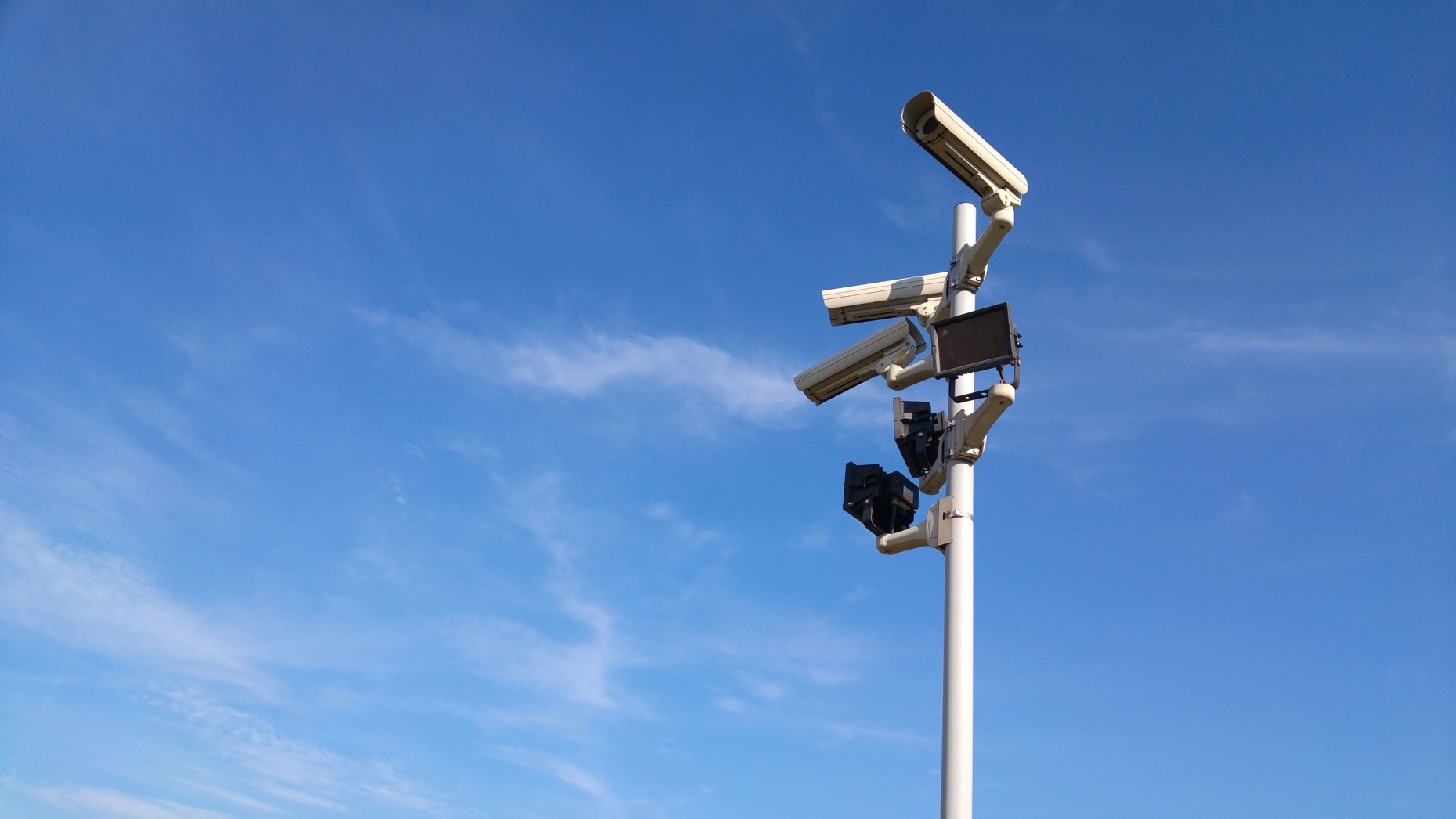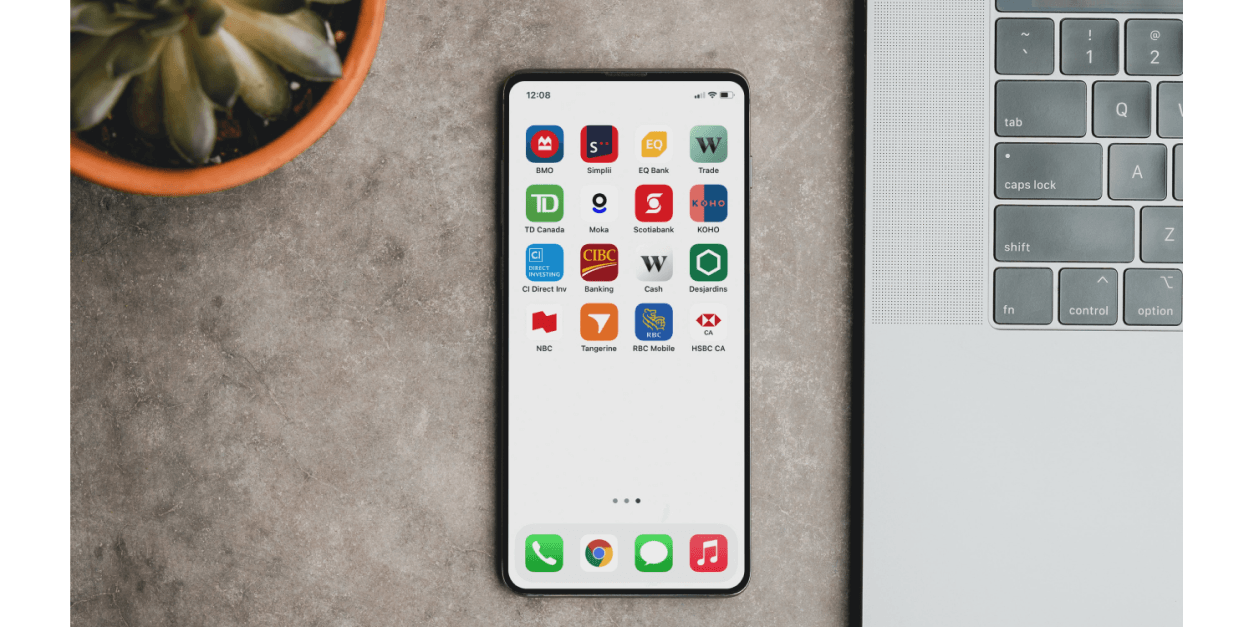 3 Ways Palm Scanning Can Improve Fintech Security" />
3 Ways Palm Scanning Can Improve Fintech Security" />
Fintech is an extremely competitive industry right now. Everyone's either rolling out completely new products or iterating quickly on what's already been done. While companies are rapidly redefining global finance, they know fraud and security breaches could potentially tank their company. It's high stakes, to say the least.
In the shadows, fraudsters, criminals and Black Hat hackers lurk, waiting to prey upon the vulnerabilities of a fresh neobank or an early stage fintech startup. If these companies can overcome these threats, many opportunities, including the following, are in sight:
- Make consumer banking better
- Bridge the gap from mainstream banking to DeFi and crypto wallets
- Create greater economic equity on a global scale
- Empower small business owners to grow and get paid faster
Investors and talent are flocking to fintech because of how quickly the industry is turning the way we move money, spend money and build wealth into a safer, more inclusive, lucrative space for different kinds of people. But, with speedy change comes the security and fraud risks.
How can these companies grow and build game-changing financial products for people and businesses without succumbing to such risks?
One solution is in the palm of your hands
This industry roadblock requires many different solutions. However, one of the missing puzzle pieces is the most secure, accurate and private biometric on the market: multi-modal palm scanning.
When we say ‘multi-modal’, we mean that the scanning process uses multiple kinds of biological traits of the palm to identify and then authenticate someone’s identity. For example, using someone’s palm print and palm vein, instead of just one or the other.
What separates palm biometrics from the rest
Here’s the thing: biometrics have already entered the fintech space. Block recently announced that they’ve added fingerprint authentication to their physical crypto wallets ( which literally look like rocks). KYC-focused fintechs are using biometrics to bolster their identity authentication.
What they’re all lacking however, is the level of security and privacy that palm scanning has.
Here’s a quick rundown on palm biometric’s best features:
- For palm vein, it's impossible to steal and copy
- Has highest accuracy rate in the market: there’s a 2.6% False Rejection Rate for facial recognition vs 0.01% for palm vein — making palm scanning 260 times more accurate
- For palm vein, it’s internal to the body and inherently privacy-by-design
Multi-modal palm scanning has all of the elements that fintechs need in order to authenticate a person’s identity without risking privacy issues, being out of compliance, or making people’s information vulnerable. It also puts the power of being identified in the customer's hand.
How multi-modal palm scanning can change fintech security
1. Prevents fraud.
Simon Taylor, owner of fintech consulting firm 11:FS and fantastic Substack newsletter, Fintech Brain Food, says the following:
“Fintech companies' dirty little secret is being killed by fraud almost immediately after launching. Very few businesses exist that specialize in fraud prevention; if anything, it's a cost of doing business. Specialists are critical to confidently move money.”
(Read the rest of his thought piece on fraud here.)
Source: https://sytaylor.substack.com/
Fraud penetrates fintechs in many different ways. We all know about identity theft and account theft. But there’s also the effects of fighting fraud which prevents innocent people from doing regular banking.
For example, the neobank Chime ( which has dealt with fraud before) decided to close thousands of user accounts when fraudulent deposits were made during the influx of pandemic relief checks going out. As a result, there were thousands of people who needlessly had their account closed, and access to pandemic relief cut off from them when they needed it the most.
Source: The New York Times
Zelle, the peer-to-peer payment feature used by many banks, has been manipulated by scam artists to trick or scare people into sending thousands of money to them. The saddest part is that because the victim initiated and approved the payment, the banks aren’t technically responsible for covering the lost money ( according to the Consumer Financial Protection Bureau), and most people never see their funds ever again.
If people were able to attach their palm information ( i.e. palm vein and palm print) via an encrypted code to their bank account, and had to scan their palm in order to make a transaction, the ability to steal one’s identity, trick people into emptying their bank account, or make wrongful deposits would be made nearly impossible or much harder to accomplish.
Compare that to Zelle, where all you have to do is attach your bank account to your mobile phone number. Anyone can attach their bank account to your phone number if you haven’t already, which is how the scams succeed.
2. Enhances the KYC ( Know your customer) process
Since banks rely on the network effects for KYC processing, if one bank accidentally allows in a criminal, then a multitude of banks who rely on their validation of that person will do the same, allowing global criminal activity like money laundering or human trafficking to flourish in plain sight.
It’s becoming more common for KYC companies to use biometrics in their validation process. While this is a move in a more secure direction, a major issue remains: many of these companies rely solely on external biometrics. Facial recognition, fingerprint and iris scan are all capable of being spoofed ( and have been proven to do so). While these biometrics may deter some people, they won’t thwart everyone.
If palm scanning was used as part of the KYC process, fraudsters wouldn’t have the ability to pass off someone else’s palm biometrics as their own, due to the palm vein being internal, and liveness tests that are in place to detect blood flowing through the veins.
3. Makes compliance easier
Global financial regulations vary from country to country, making global expansion a near impossible feat for even the most formidable fintechs ( or at least expanding with a uniform product across countries).
Global cryptocurrency regulation is being formed and rolled out often. The U.S. government is diving into the possibilities around regulation. The EU is working on tightening current restrictions; they’re set to pass a law that requires “unhosted” wallets to be validated through the KYC process
Palm biometrics not only enhances the identity authentication process (as we detailed above), it meets some of the most stringent data privacy regulations, like the GDPR and PIPL. With improved security, the impact of these regulations could be less limiting on a fintech’s products or processes.
A multi-layered solution to a long-time industry problem
As a result of these security advances, fintechs could gain more trust with their customers, innovate more freely, and meet the financial regulations necessary to not only thrive in one’s home country/continent, but expand beyond borders.
All this being said, fintech requires the collaboration of many brilliant minds in order to overcome the security and fraud issues that plague it today. The hope is that the industry can stretch its wings and bring more individuals and businesses into financial wealth and stability, and do so in a way that protects people and their assets.
As folks across the globe become more comfortable with biometrics, perhaps a highly secure, private biometric like multi-modal palm scanning can help leaders find that ideal balance.

.jpg?width=1500&name=Frame%201%20(1).jpg)
